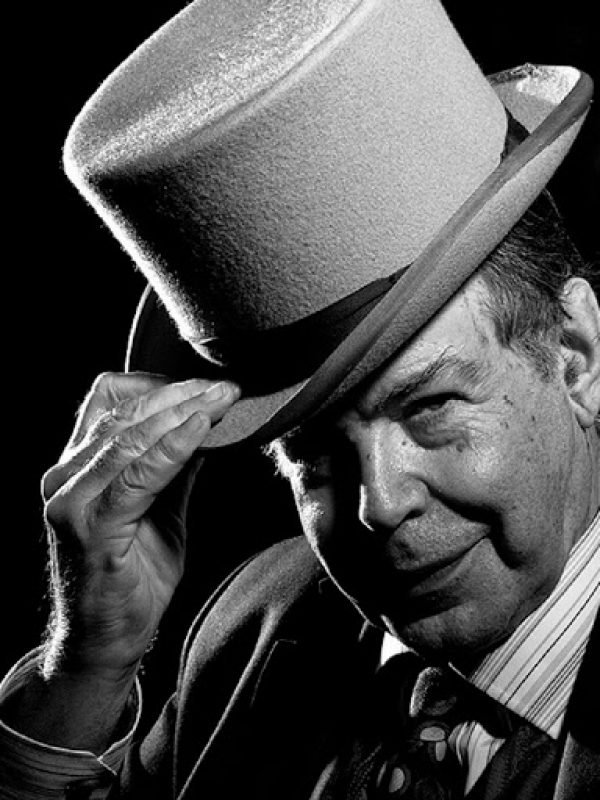Hello
The Right-Hand Path: A Journey Toward Order, Morality, and Divine Union
The Right-Hand Path (RHP) is a term used in spiritual, esoteric, and occult traditions to describe a set of beliefs and practices focused on conformity to ethical laws, spiritual discipline, and alignment with a higher divine will. Often contrasted with the Left-Hand Path, which emphasizes personal empowerment and nonconformity, the Right-Hand Path seeks harmony, balance, and often self-transcendence.
Origins of the Term
The phrase “Right-Hand Path” likely emerged in the 19th and early 20th centuries through the writings of Western occultists such as Madame Blavatsky, Aleister Crowley, and others in Theosophy and ceremonial magic. It draws from Tantric traditions in Hinduism and Buddhism, where the “Dakshinachara” (Right-Hand Practice) was considered more socially acceptable and orthodox, in contrast to “Vamachara” (Left-Hand Practice).
Core Principles of the Right-Hand Path
- Moral Order and Ethics
Practitioners of the RHP typically adhere to a moral code or spiritual law—such as karma, the Golden Rule, or religious commandments. The goal is often to purify the self and live righteously. - Union with the Divine
The end goal is merging with or returning to a higher spiritual source, such as God, the Absolute, or Universal Consciousness. This is often achieved through devotion, service, and selflessness. - Spiritual Hierarchies
Many RHP traditions recognize a hierarchy of spiritual beings, such as angels, ascended masters, or deities, and seek to work in cooperation with these entities rather than dominate or control them. - Self-Transcendence (Not Ego-Glorification)
Rather than focusing on personal power or individual divinity, the RHP emphasizes the dissolution of the ego and surrender to a divine will. - Conformity to Tradition
RHP paths often operate within established religious or spiritual frameworks, such as Christianity, Hinduism, Buddhism, or certain schools of ceremonial magic.
Examples of Right-Hand Path Traditions
- Christian Mysticism: Focused on surrender to God, divine grace, and moral living.
- Kabbalah: Jewish mystical tradition seeking union with the Divine through study and righteousness.
- Yoga and Hindu Bhakti Traditions: Emphasizing devotion (bhakti), service (karma yoga), and meditation (raja yoga).
- Buddhism: Especially the Mahayana path, which emphasizes compassion, ethical conduct, and enlightenment for the benefit of all beings.
Right-Hand Path vs. Left-Hand Path
| Aspect | Right-Hand Path | Left-Hand Path |
|---|---|---|
| Goal | Union with divine | Self-deification |
| Ethics | Moral codes, cosmic order | Individual law |
| Ego | Transcendence of ego | Empowerment of self |
| Tradition | Works within established religions | Often breaks or reverses traditions |
| Entities | Cooperation with higher beings | Often works to control or bypass them |
Criticisms and Misconceptions
- Too Restrictive? Critics argue the RHP can be overly dogmatic, limiting individual freedom or spiritual innovation.
- Misunderstood Contrast: The RHP isn’t always “good” and the LHP “evil.” They represent different approaches, not moral absolutes.
- Not One-Size-Fits-All: Some modern paths integrate aspects of both, creating a middle way that honors discipline while embracing self-realization.
Conclusion
The Right-Hand Path offers a route to spiritual enlightenment rooted in moral living, divine connection, and inner transformation. Whether practiced through prayer, meditation, ritual, or service, it reflects humanity’s enduring desire to live in harmony with a higher purpose and to evolve beyond the self in service of something greater.

Dr Edward de Bono Image Symbolism
Six Thinking Hats (100%)
Right Hand Path (100%)
Shadow Work (100%)
Left Eye of Horus (Bonus)

